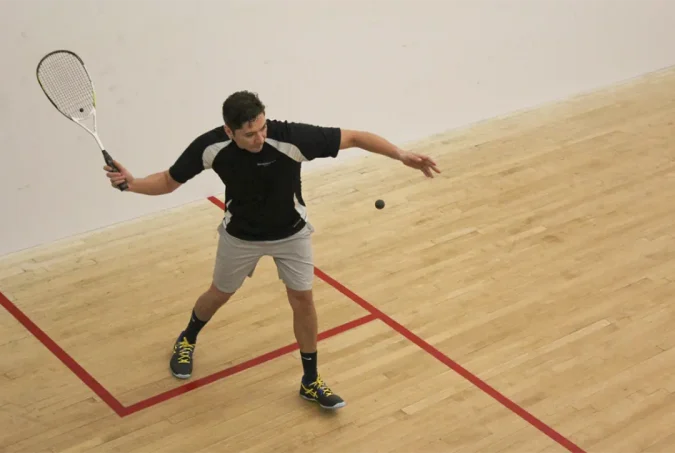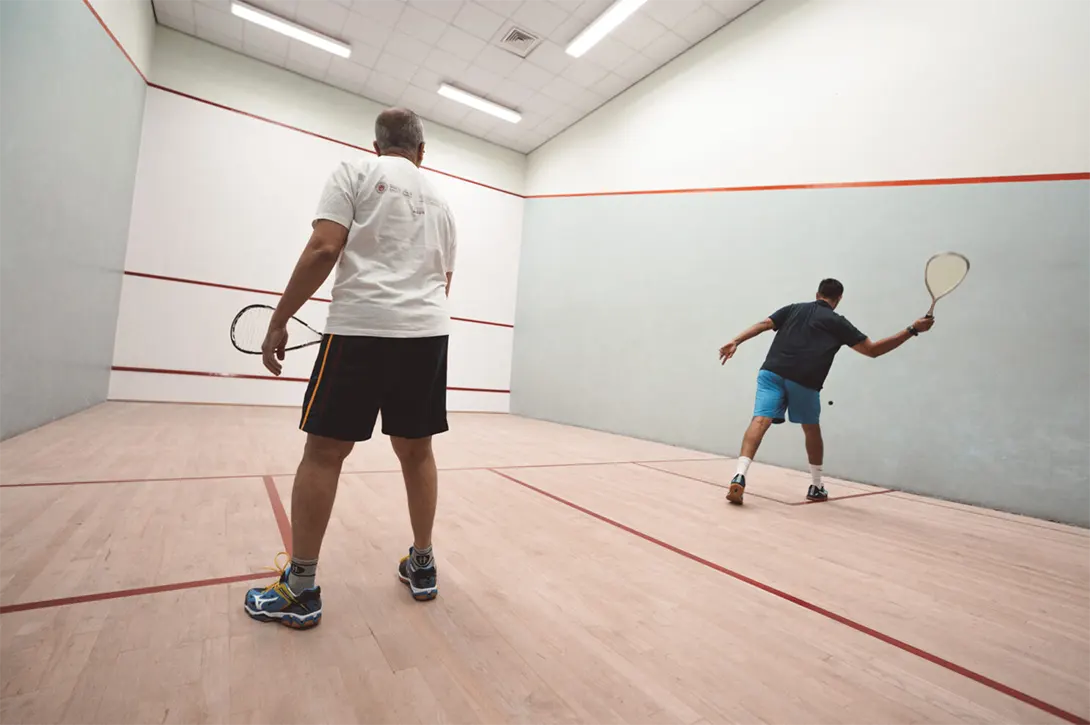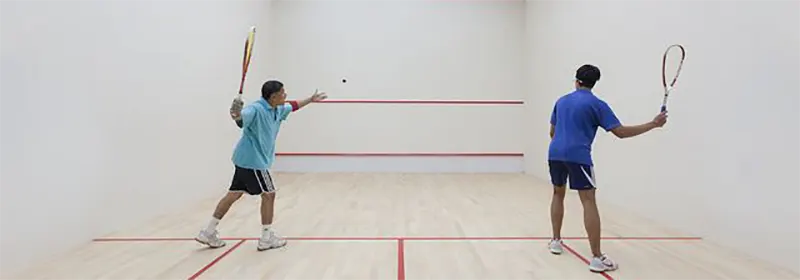07 October 2022 / 3-Min Read / Translate
Right, so, I am NOT saying you should only serve backhand, I’m saying you should be ABLE to serve backhand, and I’m going to give you three clear reasons why. right-handed players can serve backhand from the right side of the court, and left-handed players can serve backhand from the left side of the court – it’s not rocket science.

But wait! That's a forehand serve.
People often fight back against the idea of serving backhand with the reasoning that the forehand serve from the right side, gives them a good angle into the corner. And that can be true, but have you ever seen any right-handed players serve backhand from the left side? I have, but very, very few. if the reasoning were true for the forehand, it should work for the backhand. But it doesn’t because people have weaker backhand than forehands, which brings me onto to reason number one.
Serving backhand, means you have to have good technique, otherwise you won’t be able to hit it properly. Specifically, the left arm’s position is crucial for serving well. Honestly, one guide I used to have was if you can’t serve well on your backhand, your backhand needs to be improved. It should feel as natural as a forehand, and if it doesn’t then it’s time to improve it, and what better way than a serve?
Many club players limit their swing by keeping their left arm in the way. By serving, you become accustomed to having your left hand underneath your right, which then throws the ball into the air and moves naturally out of the way as a balancing mechanism.

He can’t see his opponent and is far away from the T.
By serving backhand, you are facing the T and opposite corner where the ball is about to go. Starting inside the service box, you can begin to walk forward and make contact with the ball just as your left leg is about to leave the box. Remember, it MUST stay in contact with the floor and it MUST NOT be touching the line at the point of. contact.
Before the ball has hit the front wall and passed the short line, you are on the T and ready! No rushing or pressure. Your opponent is constantly in your vision, meaning they can’t rush forward and catch you by surprise. You’ve probably been doing the exact mirror action on the forehand, or at least you should be been doing it.
By serving backhand, the point of contact is more or less in the middle of the court widthwise. Judging the angle is easier for most players. Not at first, because it’s new, but after a little while it will be. That tighter angle means the ball is closer to the wall for longer. Serving backhand means you can hit a good serve with less accuracy than a forehand. A forehand serve gets close to the wall at one specific point in time and after that it is away from the wall. In contrast, as I have just said, the backhand stays closer to the wall for longer.

He is using his wrong foot, but at least he can see his opponent.
I like to think of the backhand serve as similar to a straight drive. One that stays close to the wall compared to a forehand serve, which is more like a crosscourt. As you probably have experienced, it’s quite hard to hit a great crosscourt, but a straight drive is hard to return as long as it’s close to the wall, even if it is a bad length.
Do I want you to serve backhand every time? No, I want you to be able to serve backhand every time. You should try different serves against your opponent to see what they have the most trouble with. Serving backhand is just another weapon in your squash armoury.